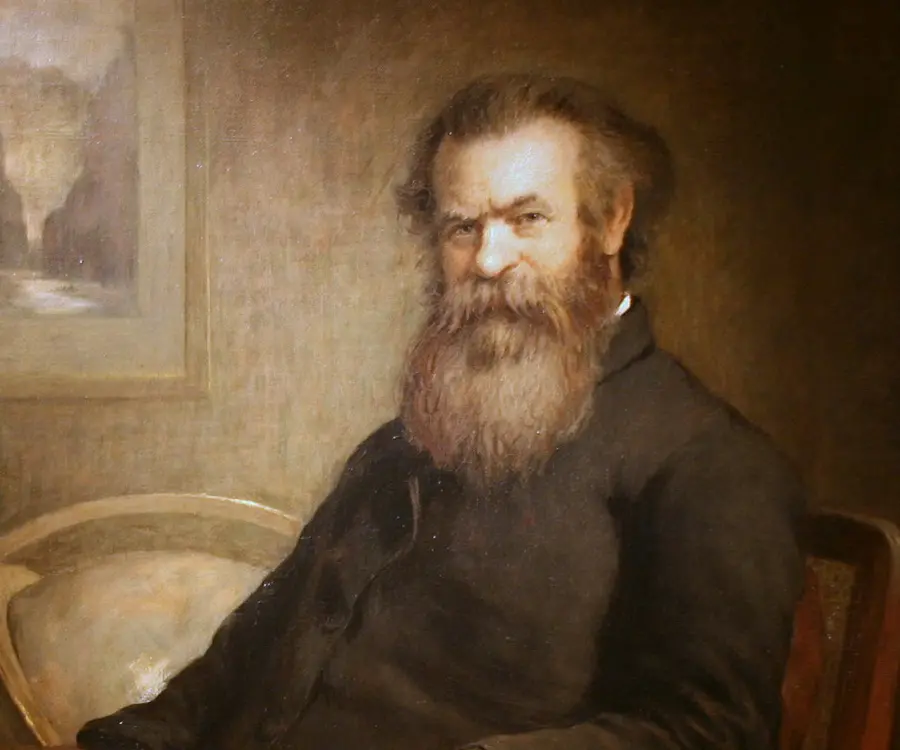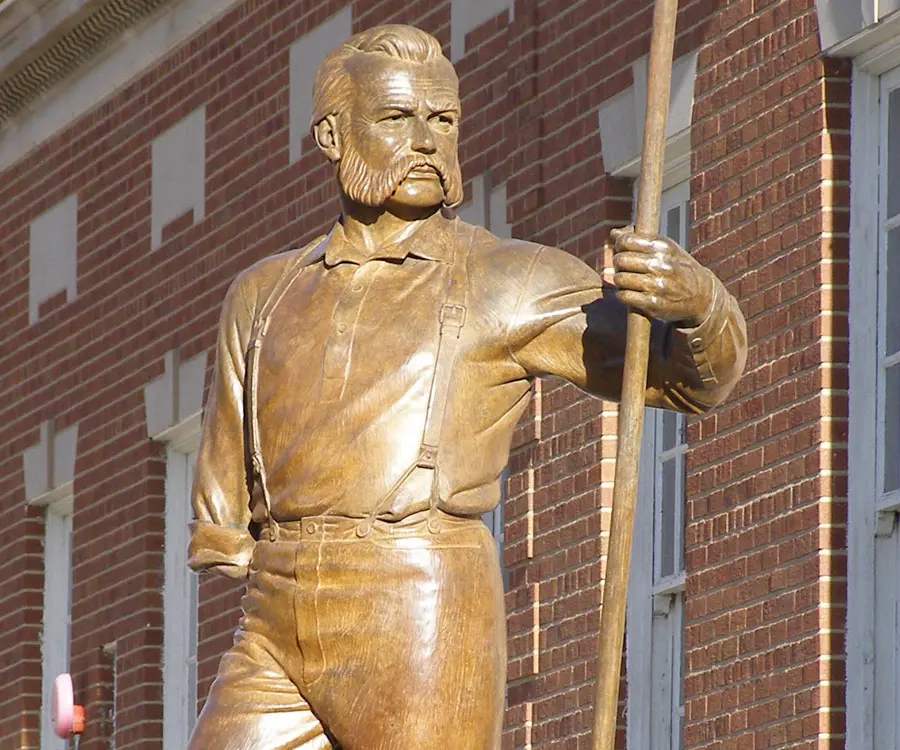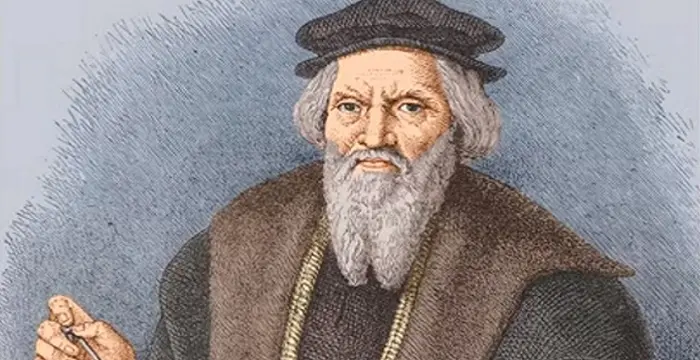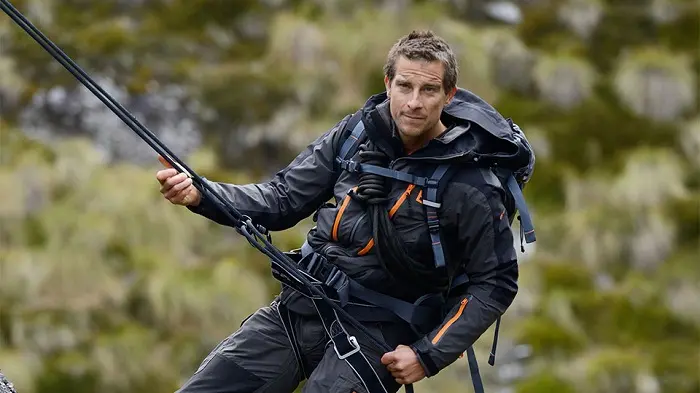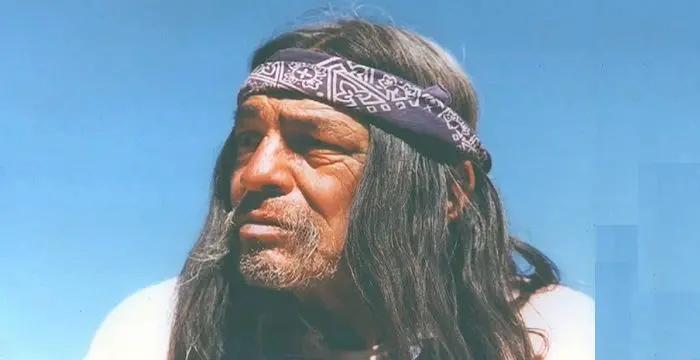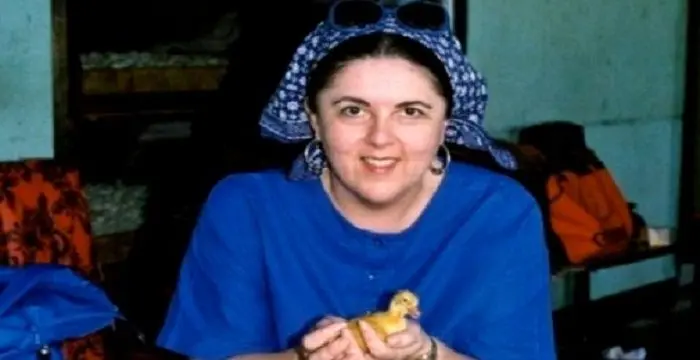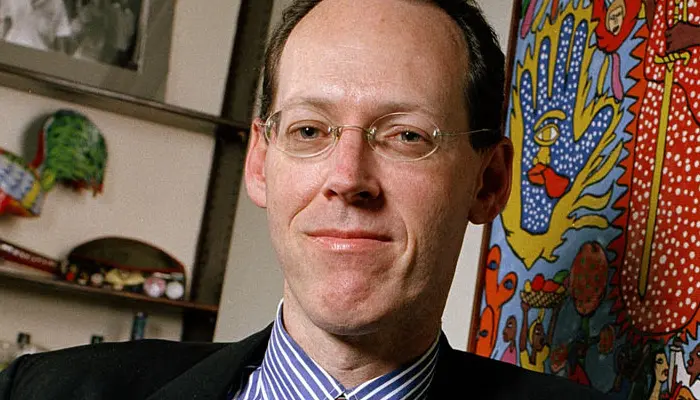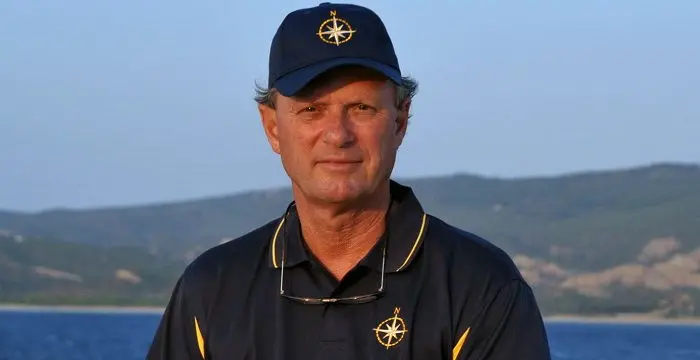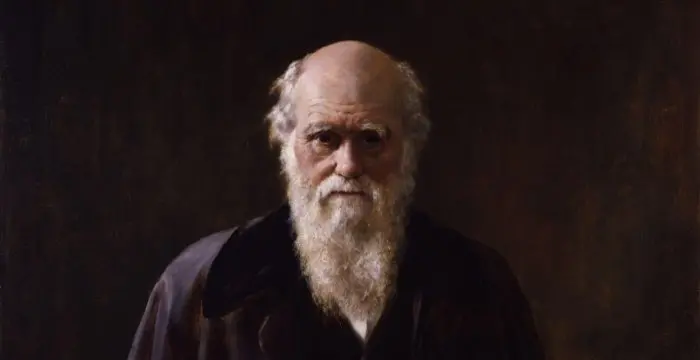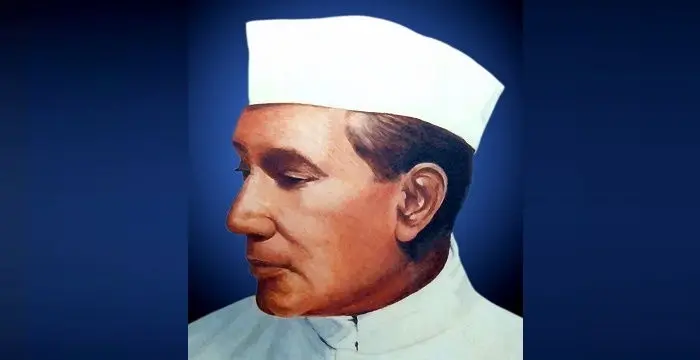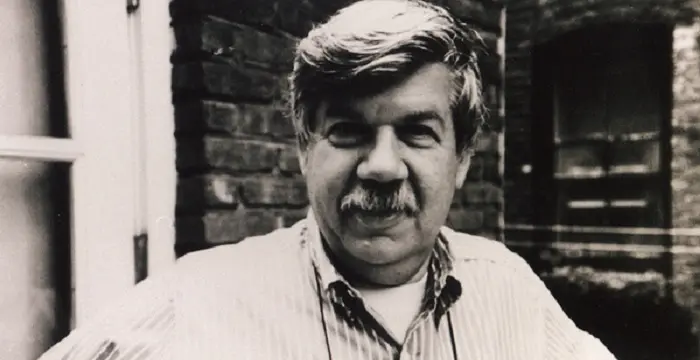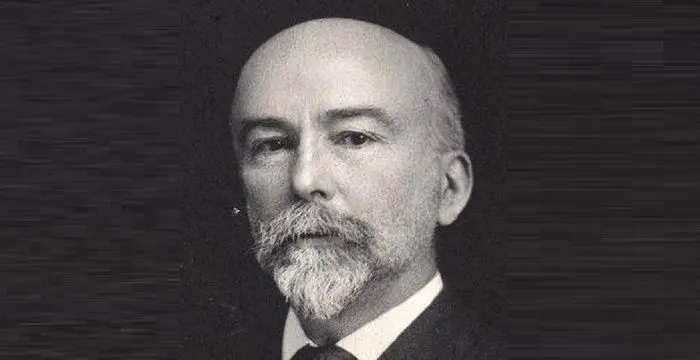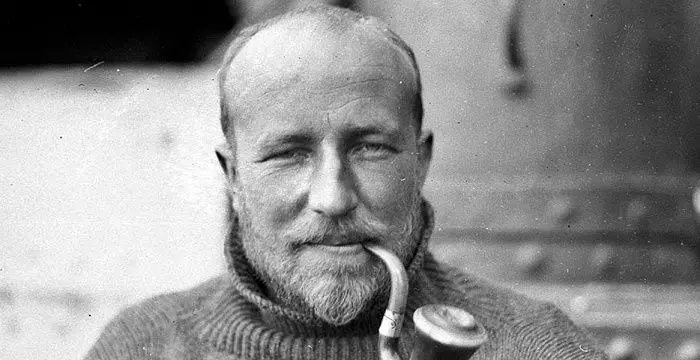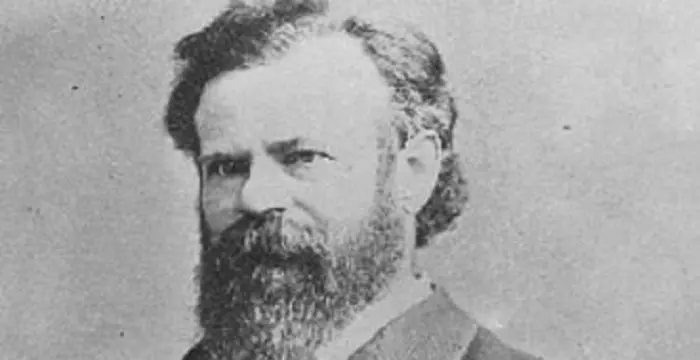
John Wesley Powell - Explorers, Timeline and Family
John Wesley Powell's Personal Details
John Wesley Powell was an American explorer, anthropologist, geologist and a soldier
| Information | Detail |
|---|---|
| Birthday | March 24, 1834 |
| Died on | September 23, 1902 |
| Nationality | American |
| Famous | Intellectuals & Academics, Anthropologists, Geologists, Explorers |
| Spouses | Emma Powell |
| Known as | Maj. John Wesley Powell, John Powell, J. W. Powell |
| Universities |
|
| Founder / Co-Founder |
|
| Birth Place | Mount Morris |
| Gender | Male |
| Sun Sign | Aries |
| Born in | Mount Morris |
| Famous as | Explorer, Geologist |
| Died at Age | 68 |
// Famous Intellectuals & Academics
Bertil Gotthard Ohlin
Bertil Gotthard Ohlin was a famous Swedish economist. This biography profiles his childhood, family life & achievements.
Emily Greene Balch
Emily Greene Balch was an American economist, sociologist and pacifist who won the 1946 Nobel Peace Prize. This biography of Emily Greene Balch provides detailed information about her childhood, life, achievements, works & timeline.
Martin Buber
One of the greatest philosophers to have ever walked on earth, Martin Buber contributions to philosophy is a long-standing one. Explore all about his profile, childhood, life and timeline here.
John Wesley Powell's photo
Who is John Wesley Powell?
John Wesley Powell was an American explorer, anthropologist, geologist and a soldier. He is known for his river trip through the Green River and the Colorado River covering the Grand Canyon – a three month expedition known as the ‘Powell Geographic Expedition’. He dedicated his life in exploring and preserving natural resources of the American West including human, scientific, economic and scenic resources. He served the ‘Union Army’ as captain and was later promoted as a major. His contributions as an administrator and supporter of conservation and meticulous planning of the use of arid western lands were significant. He also taught as a professor at the ‘Illinois Wesleyan University’. He held directorship in leading cultural and scientific institutes. At the ‘U.S. Geological Survey’ he served as the second director. He was appointed by the ‘Smithsonian Institution’ as the first director of the ‘U.S. Bureau of Ethnology’. A lake at the back of the ‘Glen Canyon Dam’ which formed on the river Colorado was named ‘Lake Powell’ after him. A mountain in the ‘Kings Canyon National Park’ situated in California was named as ‘Powell Mountain’ in his honour.
// Famous Explorers
John Cabot
John Cabot was an Italian navigator and explorer who was the first European to discover the coast of North America. Check out this biography to know about his childhood, life, and achievements.
Marco Polo
Marco Polo was the legendary Italian merchant, explorer and traveler, who travelled to China and worked under emperor, Kublai Khan. Read this biography to learn more about his profile, childhood, life and timeline.
Bear Grylls
Bear Grylls is an adventurer popularly known for his bizarre survival tactics in reality television series Man vs. Wild. This biography provides detailed information about his childhood, profile, career and timeline.
Childhood & Early Life
John Wesley Powell was born to Joseph Powell and Mary Powell on March 24, 1834 in a farm in Mount Morris, New York, in the U.S.
His father had migrated to the U.S. in 1830 from Shrewsbury, England, and was by profession a farmer, a tailor and an ambulant preacher. His mother was a missionary.
Powell’s family moved to Jackson, Ohio, in 1838 where he met naturalist George Crookham who aroused his interest in literature, science and history.
In 1846, his family again shifted to South Grove, Wisconsin. During his father’s absence (who used to visit places for preaching), Powell looked after the family farm.
In 1851, his family moved to Boone County, Illinois, and the next year he started teaching in a school.
As the family moved places John Wesley Powell’s education became irregular. He studied at ‘Illinois College’ (now known as ‘Wheaton College’) and at ‘Oberlin College’ for around 7 years but could not obtain a degree. He studied Latin and Ancient Greek.
He had interest in botany and natural science which helped him self-finance his adventures and he travelled widely during late 1850s along the Ohio and Mississippi rivers. He gathered various fossils and specimens to self-study the geology and indigenous history of the regions.
His expeditions included a 4 months walk across Wisconsin in 1855 and rowing down the Mississippi in 1856 starting from St. Anthony, Minnesota to reach the sea.
His other two notable expeditions were rowing down Ohio River from Pittsburgh crossing the Mississippi River to reach St. Louis in 1857 and rowing down the Illinois, Mississippi and Des Moines rivers to reach Iowa in 1858.
In 1859, he was elected as secretary at the ‘Illinois Natural History Society’.
Career
On May 8, 1861, Powell enlisted in the twentieth Illinois Infantry at Hennepin during the outbreak of the American Civil War. He became a sergeant-major and thereafter a second lieutenant.
He was the captain of the artillery company which he recruited at Cape Girardeau, Missouri. It became ‘Battery ‘’F’’’ of ‘2nd Illinois Light Artillery’.
On April 6, 1862, he lost part of his right arm at the ‘Battle of Shiloh’ as it was shattered by a minie ball when he was giving order to fire.
In February 1863, after a brief leave he returned to service and eventually became a major. He was present during many military operations including siege of Vicksburg, Atlanta campaign and battle of Nashville. After the war ended he became a brevet lieutenant colonel.
After leaving the army in 1865 he worked at the ‘Illinois Wesleyan University’ in Bloomington as a professor of natural sciences. He became a lecturer at the ‘Illinois State Normal University’ in 1866.
In 1867, he became the administrative head of the ‘Illinois Natural History Society Museum’.
He headed a number of expeditions after 1867 and collected specimens from the Rocky Mountains and surrounding areas of Colorado and Green rivers.
On May 24, 1869, he led an expedition from Green River, Wyoming, to explore the Grand Canyon and the Colorado River. His team comprised of 10 men who were mostly fellow civil war veterans, hunters and trappers. They took 4 boats and sufficient food for 10 months. The expedition which finished on August 30, 1869 encountered number of hurdles including several calamities, spoilage of food, sinking of a boat, members leaving the expedition in the middle and some members went missing.
Powell again set up an expedition on May 22, 1871 from Green River, Wyoming travelling the Colorado River retracing a part of the route he explored in 1869 to reach Kanab Creek in Grand Canyon. This time he included a crew of eleven men including skilled scientists. This expedition which was endorsed with an appropriation by the U.S. Congress fetched photographs taken by John K. Hillers, first plausible maps of the Colorado River and several papers. It ended on September 7, 1872.
In 1874, the ‘Cosmos Club’, a gathering of intellectuals which was hosted by Powell at his home was formalised. The club members contributed and advocated scholarship and civic activities.
He penned down his experiences of the two Colorado River expeditions in a book. The book ‘Exploration of the Colorado River of the West and Its Tributaries: Explored in 1869, 1870, 1871, and 1872 under the Direction of the Secretary of the Smithsonian Institution’ was published in 1875. In 1895 it was republished as ‘Canyons of the Colorado’.
In 1876, he published ‘Report on the Geology of the Eastern Portion of the Uinta Mountains’.
In 1877, his book ‘Introduction to the Study of Indian Languages, with Words, Phrases, and Sentences to Be Collected’ was published.
As an administrator, he proposed conservation and planned use of arid western lands and argued for classification of lands for coal and mineral extraction, irrigation, timber and pasturage for potential use. In 1879 he published a book, ‘Report on the Lands of the Arid Regions of the United States’ suggesting state boundaries based on water resources and also irrigation systems. In 1880 he published ‘Introduction to the Study of Indian Languages’.
In 1881, he was appointed by the ‘U.S. Geological Survey’ as its second director and he held the position till 1894.
He was appointed by the ‘Smithsonian Institution’ as the first director of the ‘U.S. Bureau of Ethnology’. He held the position till his death. As a director he sponsored works of different scholars including Franz Boas, a German born American anthropologist.
In 1891, his book ‘Indian Linguistic Families of America, North of Mexico’ was published. In 1898, he published ‘Truth and Error, or the Science of Intellection’.
Achievements
As an expert of land conservation, he believed that potential use of resources was one of the ways a society can progress. In 1889, he conducted the Irrigation Survey of the West. It was a systematic appraisal of water and land resources which was later followed in the United States as a base for all irrigation legislation.
The first Museum of Anthropology of the ‘Illinois State University’, considered the finest of all at that time in North America was created by John Wesley Powell.
His two Colorado River expeditions conducted in 1869 and 1871 brought out significant information apart from first reliable maps of the river.
Personal Life & Legacy
In March 1862 he married Emma Dean. On September 8, 1871 their only daughter Mary Dean Powell was born at the Salt Lake City.
On September 23, 1902 John Wesley Powell died at their family vacation cottage in Haven, Maine. He was buried at the ‘Arlington National Cemetery’ in its officers section with full military honours.
Trivia
In 1969 a U.S. commemorative stamp was issued in his honour.
Powellite, a rare mineral bears his name.
In 1974, the ‘USGS National Center’ in Reston, Virginia, was named after him as the ‘John Wesley Powell Federal Building’. The highest award of USGS presented to a non-federal government person is known as the ‘John Wesley Powell Award’.
// Famous Anthropologists
Carlos Castaneda
Carlos Castaneda was an American author who penned ‘The Teachings of Dan Juan’. This biography gives detailed information about his childhood, life, works and timeline.
Ann Dunham
Ann Dunham was an American anthropologist and played a major role in the rural development of Indonesia. This biography profiles her childhood, family, personal life, career, etc.
Paul Farmer
Paul Farmer is an anthropologist and physician who co-founded the health organization - Partners In Health (PIH). This biography of Paul Farmer provides detailed information about his childhood, life, achievements, works & timeline.
John Wesley Powell biography timelines
- // 1830His father had migrated to the U.S. in 1830 from Shrewsbury, England, and was by profession a farmer, a tailor and an ambulant preacher. His mother was a missionary.
- // 24th Mar 1834John Wesley Powell was born to Joseph Powell and Mary Powell on March 24, 1834 in a farm in Mount Morris, New York, in the U.S.
- // 1838Powell’s family moved to Jackson, Ohio, in 1838 where he met naturalist George Crookham who aroused his interest in literature, science and history.
- // 1846In 1846, his family again shifted to South Grove, Wisconsin. During his father’s absence (who used to visit places for preaching), Powell looked after the family farm.
- // 1851In 1851, his family moved to Boone County, Illinois, and the next year he started teaching in a school.
- // 1855 To 1856His expeditions included a 4 months walk across Wisconsin in 1855 and rowing down the Mississippi in 1856 starting from St. Anthony, Minnesota to reach the sea.
- // 1857 To 1858His other two notable expeditions were rowing down Ohio River from Pittsburgh crossing the Mississippi River to reach St. Louis in 1857 and rowing down the Illinois, Mississippi and Des Moines rivers to reach Iowa in 1858.
- // 1859In 1859, he was elected as secretary at the ‘Illinois Natural History Society’.
- // 8th May 1861On May 8, 1861, Powell enlisted in the twentieth Illinois Infantry at Hennepin during the outbreak of the American Civil War. He became a sergeant-major and thereafter a second lieutenant.
- // Mar 1862In March 1862 he married Emma Dean. On September 8, 1871 their only daughter Mary Dean Powell was born at the Salt Lake City.
- // 6th Apr 1862On April 6, 1862, he lost part of his right arm at the ‘Battle of Shiloh’ as it was shattered by a minie ball when he was giving order to fire.
- // Feb 1863In February 1863, after a brief leave he returned to service and eventually became a major. He was present during many military operations including siege of Vicksburg, Atlanta campaign and battle of Nashville. After the war ended he became a brevet lieutenant colonel.
- // 1865 To 1866After leaving the army in 1865 he worked at the ‘Illinois Wesleyan University’ in Bloomington as a professor of natural sciences. He became a lecturer at the ‘Illinois State Normal University’ in 1866.
- // 1867In 1867, he became the administrative head of the ‘Illinois Natural History Society Museum’.
- // 1867He headed a number of expeditions after 1867 and collected specimens from the Rocky Mountains and surrounding areas of Colorado and Green rivers.
- // 1869 To 1871His two Colorado River expeditions conducted in 1869 and 1871 brought out significant information apart from first reliable maps of the river.
- // 30th Aug 1869On May 24, 1869, he led an expedition from Green River, Wyoming, to explore the Grand Canyon and the Colorado River. His team comprised of 10 men who were mostly fellow civil war veterans, hunters and trappers. They took 4 boats and sufficient food for 10 months. The expedition which finished on August 30, 1869 encountered number of hurdles including several calamities, spoilage of food, sinking of a boat, members leaving the expedition in the middle and some members went missing.
- // 1874In 1874, the ‘Cosmos Club’, a gathering of intellectuals which was hosted by Powell at his home was formalised. The club members contributed and advocated scholarship and civic activities.
- // 1876In 1876, he published ‘Report on the Geology of the Eastern Portion of the Uinta Mountains’.
- // 1877In 1877, his book ‘Introduction to the Study of Indian Languages, with Words, Phrases, and Sentences to Be Collected’ was published.
- // 1879 To 1880As an administrator, he proposed conservation and planned use of arid western lands and argued for classification of lands for coal and mineral extraction, irrigation, timber and pasturage for potential use. In 1879 he published a book, ‘Report on the Lands of the Arid Regions of the United States’ suggesting state boundaries based on water resources and also irrigation systems. In 1880 he published ‘Introduction to the Study of Indian Languages’.
- // 1881 To 1894In 1881, he was appointed by the ‘U.S. Geological Survey’ as its second director and he held the position till 1894.
- // 1889As an expert of land conservation, he believed that potential use of resources was one of the ways a society can progress. In 1889, he conducted the Irrigation Survey of the West. It was a systematic appraisal of water and land resources which was later followed in the United States as a base for all irrigation legislation.
- // 1891 To 1898In 1891, his book ‘Indian Linguistic Families of America, North of Mexico’ was published. In 1898, he published ‘Truth and Error, or the Science of Intellection’.
- // 23rd Sep 1902On September 23, 1902 John Wesley Powell died at their family vacation cottage in Haven, Maine. He was buried at the ‘Arlington National Cemetery’ in its officers section with full military honours.
- // 1969In 1969 a U.S. commemorative stamp was issued in his honour.
- // 1974In 1974, the ‘USGS National Center’ in Reston, Virginia, was named after him as the ‘John Wesley Powell Federal Building’. The highest award of USGS presented to a non-federal government person is known as the ‘John Wesley Powell Award’.
// Famous Geologists
Robert Ballard
Dr. Robert Ballard is the founder of the Ocean Exploration Center and specializes in deep-sea archeology. This biography contains information about his childhood, life, achievements & timeline.
Charles Darwin
Charles Darwin was one of the most influential figures in human history. Go through this biography to get details about his life, profile and timeline.
Birbal Sahni
Birbal Sahni was an Indian palaeobotanist who founded the Birbal Sahni Institute of Palaeobotany in Lucknow. This biography of Birbal Sahni provides detailed information about his childhood, life, achievements, works & timeline.
Stephen Jay Gould
Stephen Jay Gould was a famous paleontologist and one of the most read science writers of his times. This biography provides detailed information about his childhood, life, achievements, works & timeline.
William Morris Davis
William Morris Davis was an American geographer, geologist, and meteorologist, who founded the science of geomorphology. Check out this biography to know about his childhood, life, achievements, works & timeline.
Douglas Mawson
Sir Douglas Mawson was an Australian explorer, geologist and academic. Check out this biography to know about his childhood, life, achievements, works & timeline.
John Wesley Powell's FAQ
What is John Wesley Powell birthday?
John Wesley Powell was born at 1834-03-24
When was John Wesley Powell died?
John Wesley Powell was died at 1902-09-23
Where was John Wesley Powell died?
John Wesley Powell was died in North Haven
Which age was John Wesley Powell died?
John Wesley Powell was died at age 68
Where is John Wesley Powell's birth place?
John Wesley Powell was born in Mount Morris
What is John Wesley Powell nationalities?
John Wesley Powell's nationalities is American
Who is John Wesley Powell spouses?
John Wesley Powell's spouses is Emma Powell
What was John Wesley Powell universities?
John Wesley Powell studied at Oberlin College, Wheaton College, Illinois College
Which company or organization was founded by John Wesley Powell?
John Wesley Powell was the founder/co-founder of Bureau of American Ethnology, Cosmos Club
What is John Wesley Powell's sun sign?
John Wesley Powell is Aries
How famous is John Wesley Powell?
John Wesley Powell is famouse as Explorer, Geologist



